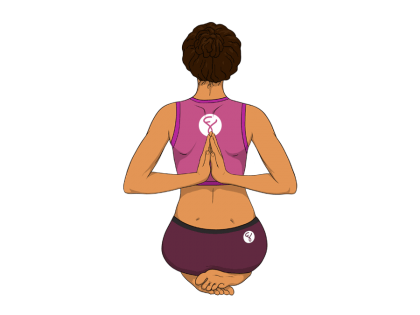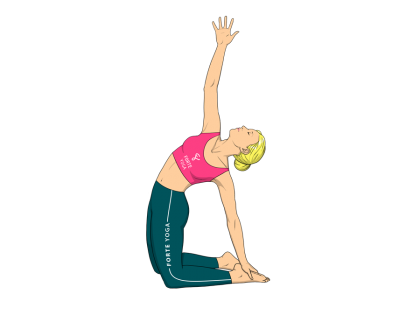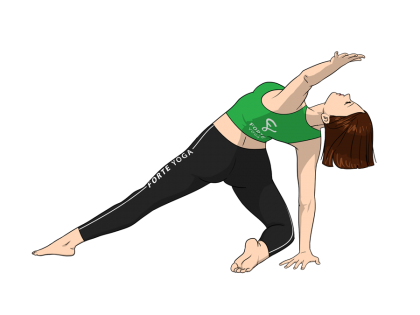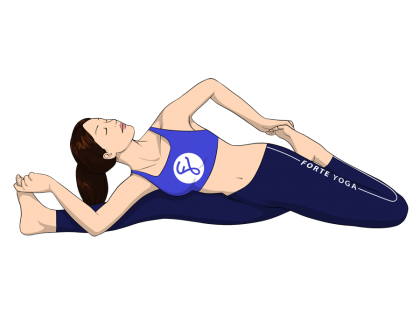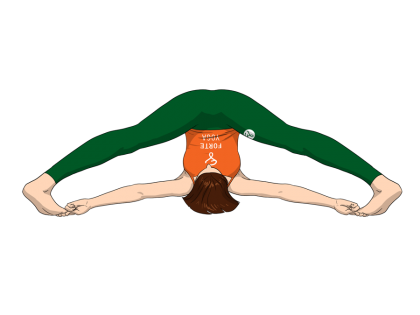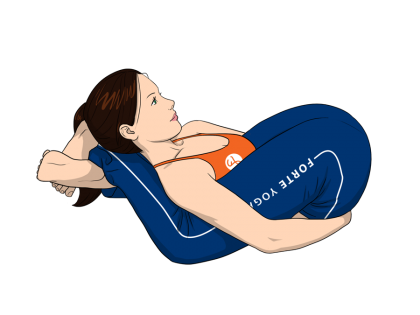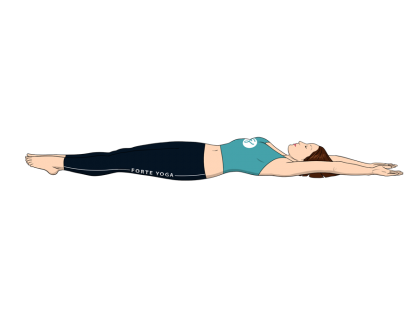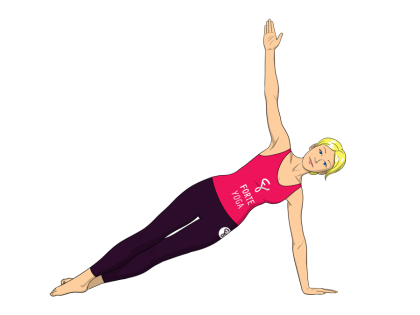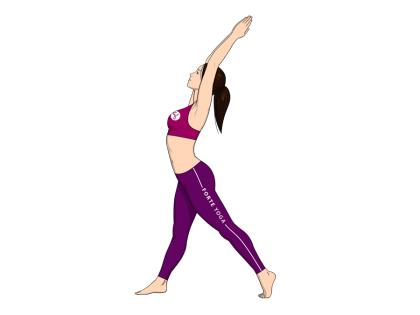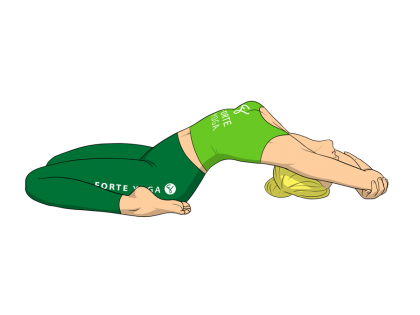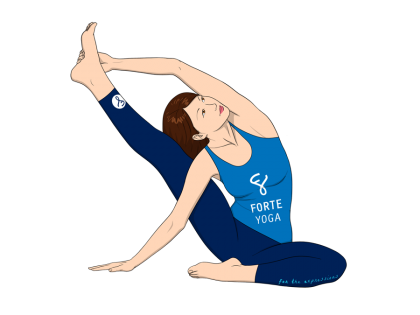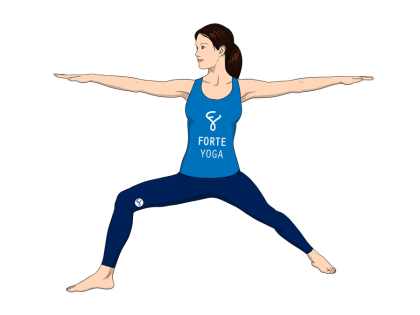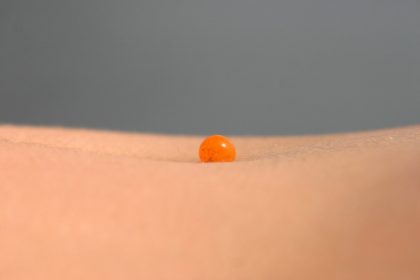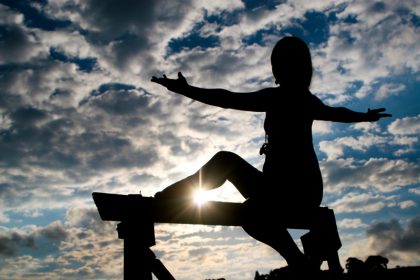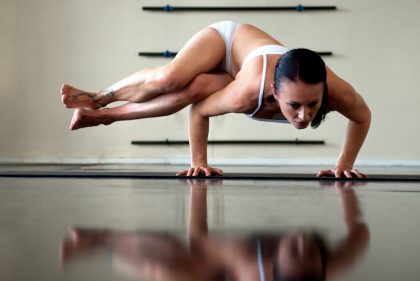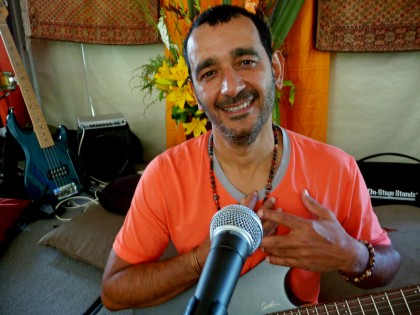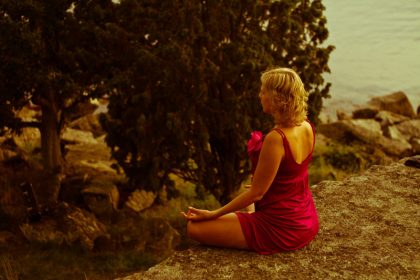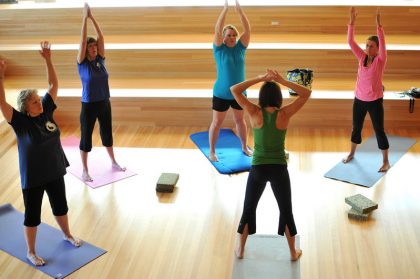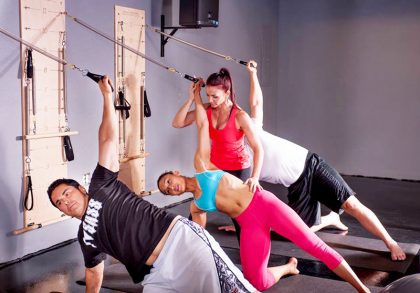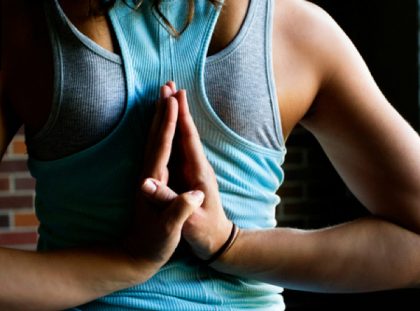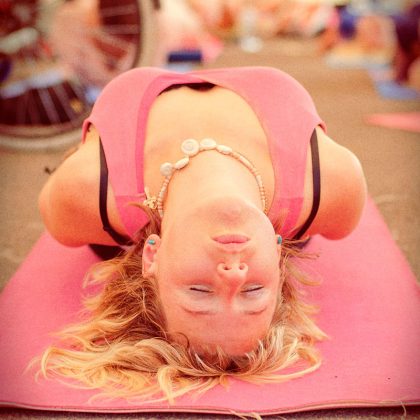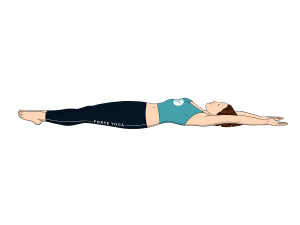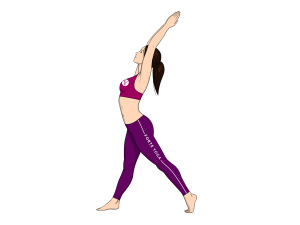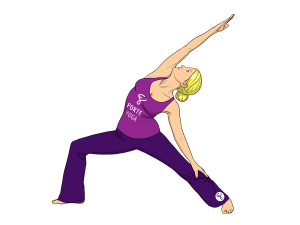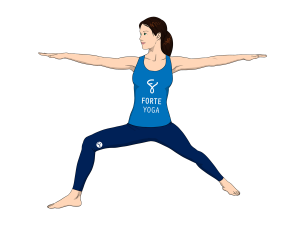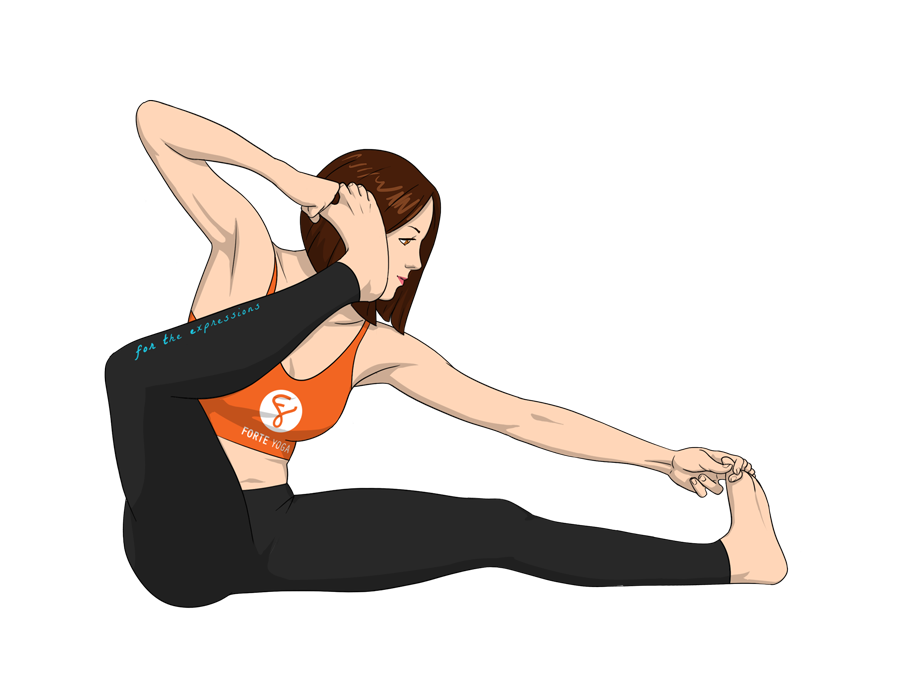
overview
Bow to Ear Yoga Pose is a seated pose that targets the hamstrings and calves and is ideal for yogis and yoginis at a beginner to intermediate level.
 svadisthana – the sacral chakra
svadisthana – the sacral chakra anahata – the heart chakra
anahata – the heart chakrarelated poses
[yoga-sharrre]
How To Do Bow to Ear Yoga Pose
- Begin in Staff Pose (Dandasana). Keeping your left leg straight, bend the right knee and lean forward to grab the toes or foot of the right leg with your right hand.
- As you grab your right foot, lean forward with your left arm outstretched to grab the toes of the left foot. If you are having trouble keeping your left leg straight, focus on pushing down into the floor with the heel and inner knee.
- Keeping a strong hold on your toes or feet, begin to draw your left elbow and shoulder back as if you were drawing back the string of a bow, pulling your foot toward your ear. Be sure to keep your left leg straight, pushing actively through the bottom of the knee. Try to pull your right foot as close to your ear as possible; you may use both hands to pull it further in if you are having trouble, then stretch out the left arm and grab the toes of your left foot again.
- As you pull your foot into the position that’s right for you, examine the placement of your body. Your right knee should be sticking out slightly to the side, ankle turned so that the sole of your foot is angled toward your face. Your left leg and arm should still be long and straight, reaching out in front of you. Lift your tailbone up to prevent your lower back from sinking as you lean forward. Lower your shoulder blades, pushing the left one in toward your spine so that you may pull your right shoulder back further.
- Looking toward your left foot, try to pull your right foot in closer to your ear now that you have given your shoulder some extra pull. If possible, bring it so that your toes almost touch your ear. Keep your head in line with your outstretched arm and leg, resisting the urge to lean your head in toward your right foot. Keep your head, neck and face relaxed. Your position should now fully resemble that of an archer prepared to release his arrow.
- Taking relaxed but controlled breaths, hold this pose for 30-60 seconds or until the building tension brings slight discomfort. Release your right leg, bringing it back to the floor in Staff Pose. Repeat with the other leg.
Notes
- Breathe deeply through each step.
- This pose requires strength and flexibility of the arms, torso, hips and legs, so be sure your body is warmed up before attempting this pose.
- Make sure to flex and stretch the big toe in this pose, focusing on grabbing the big toe more than your foot or other toes.
- Flexibility of the big toe is important as it helps keep us balanced in standing positions, affecting your posture and therefore influencing the energy currents that run up your legs.
- Do not attempt if you are pregnant or currently menstruating.
- Do not attempt if you have shoulder, back or hamstring injury.
Tips
If your hamstrings aren’t flexible enough to grab the toes without bending the straight leg, place your hand on your leg or knee instead. Over time you will be flexible enough to reach for the toes.
If you are unable to pull your foot up to your ear, use a yoga strap, scarf or tie to loop around the ball of your foot. Pull on the strap to bring your foot closer to the ear.
Stretches & Strengthens
All Muscles: Calves, hamstrings, triceps, biceps, spine, abs
Target Muscles: Calves, hamstrings
Health Benefits of Bow to Ear Yoga Pose
- Opens up shoulders and hips.
- Can relieve joint pain.
- May improve digestion and treat abdominal conditions.
- Improves concentration and focus.

